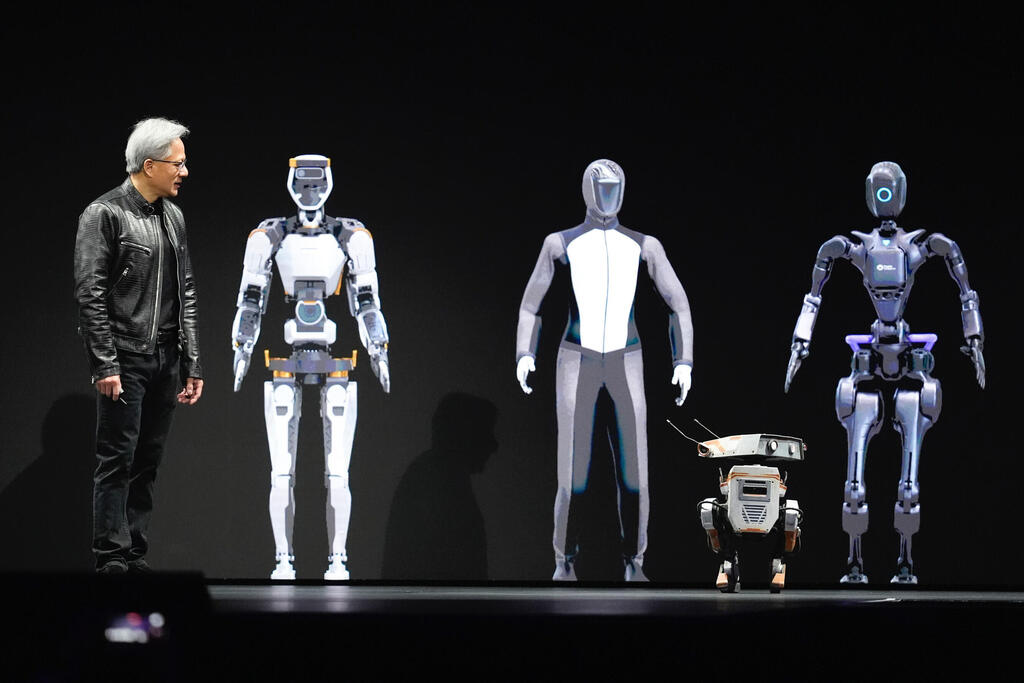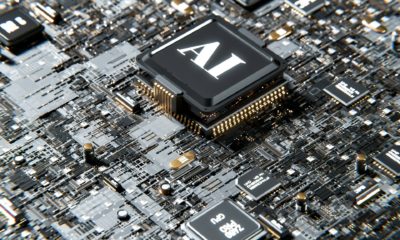Artificial Intelligence
China’s Humanoid Robots Enter Commercial Era: 10,000 Sales Expected in 2025

The age of humanoid robots is no longer a far-off sci-fi fantasy, in China, it’s quietly becoming a business reality. According to CCTV Finance, sales of humanoid robots are projected to exceed 10,000 units in 2025, a staggering 125% increase year-on-year. Industry insiders are already calling it the technology’s “first year of mass adoption.”
From Labs to Living Rooms
For years, humanoid robots were showpieces of tech expos or confined to research labs. But 2025 is shaping up differently. Robots that walk, gesture, and even hold conversations are starting to appear in real-world settings.
-
In logistics hubs, they’re sorting parcels.
-
On farms, they’re assisting with agricultural operations.
-
In classrooms, they’re being used as teaching aids.
-
And in city centers, robot chefs and delivery bots are catching curious glances from passersby.
It’s a shift that signals humanoids are moving beyond “tech demo” territory into roles that could soon feel routine.
Why China Is Taking the Lead
China’s head start isn’t an accident. The country dominates the electronics supply chain, has state-backed support for robotics R&D, and is under pressure to tackle labor shortages in both industrial and service sectors.
Industry watchers point out that while the U.S. pours billions into startups like Agility and Apptronik, China’s ability to scale production quickly may give it the decisive edge. In many ways, this moment echoes the country’s earlier rise in solar panels and electric vehicles: heavy investment, government policy, and manufacturing might aligned.
The Global Picture: Hype Meets Reality
Wall Street has noticed. Morgan Stanley projects the humanoid robot market could hit $5 trillion by 2050, with as many humanoid machines as there are humans on Earth. The bank even suggests this industry could dwarf the auto sector in the decades ahead.
But let’s not get carried away. Robots are not iPhones. They’re heavy, expensive, and safety risks remain real. A machine that loses balance in a factory or a home could do serious damage. Even if breakthroughs in AI-powered balance and reliability keep improving, scaling humanoids into everyday domestic life will take years if not decades.
As Roberta Nelson Shea, a robotics safety pioneer, cautioned, “If they fall over and fall onto a person, a person could be seriously injured. That is a real challenge in that workspace.”
Social Reactions: Curiosity Meets Concern
On Chinese social media platforms like Weibo, reactions to the news are split. Some users are thrilled: “Finally, robots doing delivery, no more waiting hours for parcels!” Others are more cautious, wondering aloud if humanoids will mean fewer jobs for ordinary people.
Globally, tech enthusiasts cheer each new demo video, while skeptics warn that flashy humanoid prototypes often overpromise and underdeliver. There’s still a gap between “robot chefs” in viral videos and reliable, affordable robots in homes.
What Comes Next
Experts say the first industries to adopt humanoids at scale will look a lot like the ones automation hit first decades ago, manufacturing, warehousing, and logistics. Health care, retail, and even construction may follow, but only once the price of robots drops and reliability hits near-perfect levels.
Domestic adoption, like robots as caregivers for the elderly, remains the holy grail but is likely years away. Homes are far less predictable than warehouses, and safety standards will need to be extraordinarily high before a humanoid robot is trusted with a child or grandparent.
Still, the direction is clear. What once seemed science fiction is now a line item in China’s 2025 economic forecast.
A Step Into the Future
2025 might not yet be the year humanoids cook dinner in every kitchen, but it will likely be remembered as the year they truly stepped out of the lab and into society.
And if the projections are right, the robots walking the factory floors of today could be knocking on your door tomorrow, perhaps carrying your takeout order.
{Source: Automate.org}
Follow Joburg ETC on Facebook, Twitter , TikTok and Instagram
For more News in Johannesburg, visit joburgetc.com

























